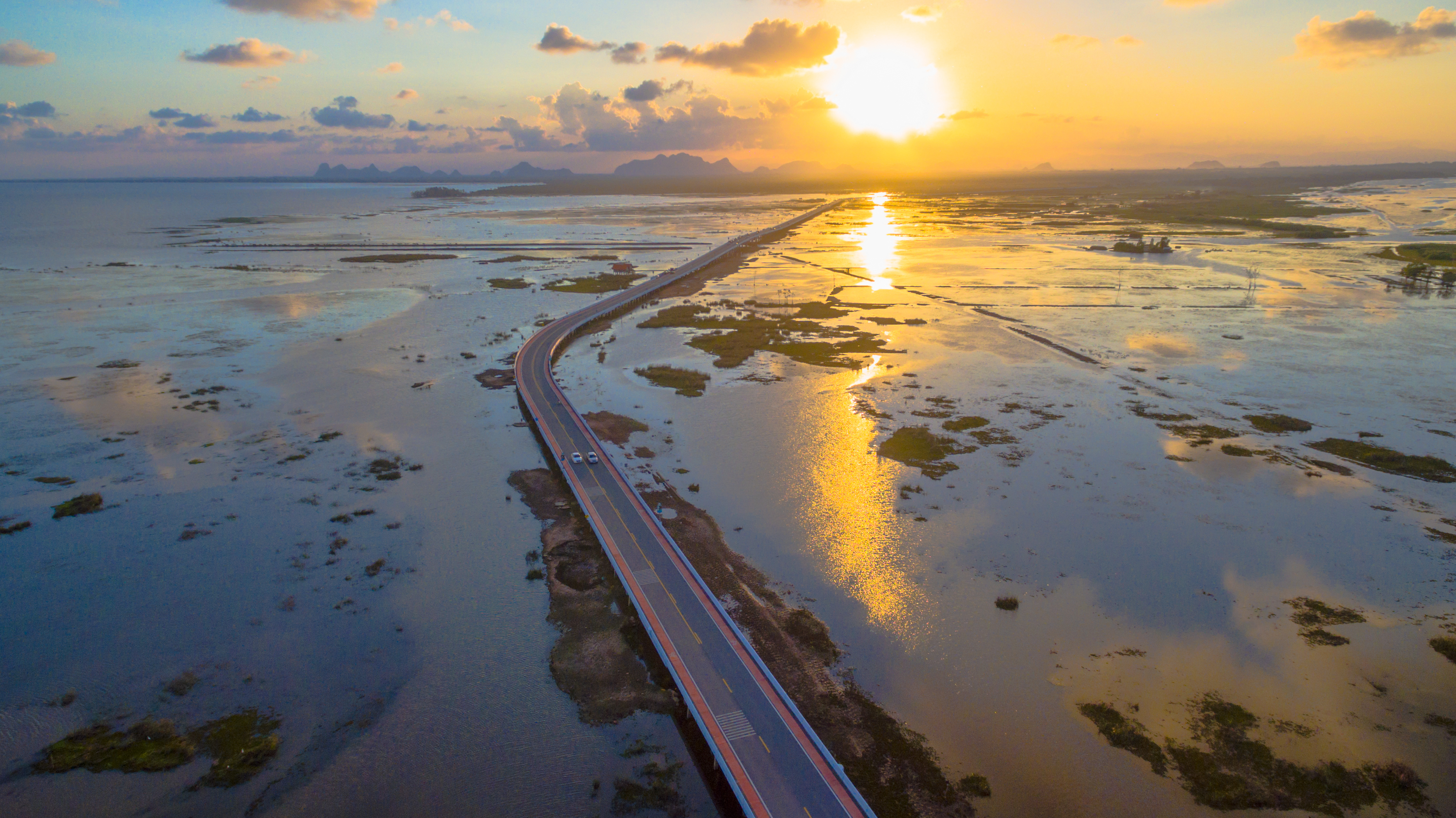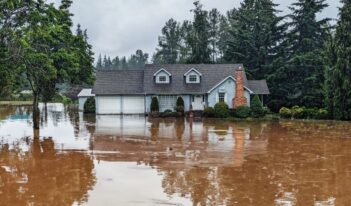
The Obama Administration releases report on opportunities to enhance nation’s climate resilience.
In the state of Georgia, U.S. Route 80 is the only road available for getting on and off the island of Tybee, and it floods almost half a dozen times a year. According to scientists studying the area, by 2060, the road is expected to flood 50 times a year due to rising sea levels. Within a century, two-thirds of the island could be under water. As the consequences of climate change continue to manifest themselves in extreme weather events, the importance of climate resilience grows.
To address this need, the Council on Climate Preparedness and Resilience, following extensive stakeholder consultation, released a report on opportunities to enhance the nation’s resilience to climate change. The Council, established by Executive Order 13653 in November 2013, works across federal agencies with state, local, and tribal leaders to expand the federal government’s work in supporting communities in climate change preparedness. The report highlights key accomplishments in combatting climate change issues and delves into the opportunities for federal agencies and stakeholders to work together on climate resilience.
 The Council’s report calls for sustained and coordinated action among federal agencies and non-government stakeholders on a shared resilience agenda. The Council identifies opportunities within three complementary themes: advancing and applying science-based information, technology, and tools to address climate risk; integrating climate resilience into federal agency missions, operations, and culture; and supporting community efforts to enhance climate resilience.
The Council’s report calls for sustained and coordinated action among federal agencies and non-government stakeholders on a shared resilience agenda. The Council identifies opportunities within three complementary themes: advancing and applying science-based information, technology, and tools to address climate risk; integrating climate resilience into federal agency missions, operations, and culture; and supporting community efforts to enhance climate resilience.
Within the first theme, the report recommends the use of their new tools—the Climate Data Initiative (CDI) and U.S. Climate Resilience Toolkit (CRT)—to empower decision-makers to use actionable, science-based information, data, and tools to understand and manage climate risks to their communities, businesses, and households. The CDI enables America’s top private-sector innovators to leverage open-government data resources in order to build new technology and expand the climate data. The CRT is an online resource that aids key community planners to find and use information, tools, and subject matter expertise in order to integrate climate resilience into their every day decisions.
As the report discusses, CRT has already facilitated successful planning, reduced costs, and even saved lives. The Island of Tybee in Georgia addressed its flooding crisis by using the Sea Level Rise and Coastal Flooding Impacts Viewer to assess their vulnerability to rising sea level and flooding in coastal towns. Experts and city officials were able to measure the likelihood of severe impacts due to higher water level. The city used these measurements in plans to elevate well houses, retrofit storm water systems, elevate the only road connecting the island to the mainland, and strengthen shoreline defenses. As a result of these investments, the Federal Emergency Management Agency (FEMA) raised Tybee’s Community Rating System score from a class 7 to a class 5, which allowed flood insurance policyholders in Tybee to receive 25 percent discounts on their flood insurance premiums and $3 million in savings for property owners on the island.
The report also encourages the federal government and stakeholders to translate scientific insights into practical knowledge of the effects of climate change—a “co-production of knowledge.” Such co-production occurs in science-to-user “boundary organizations,” such as the Landscape Conservation Cooperatives program created by the U.S. Department of the Interior (DOI). The program aids communities across political boundaries to evaluate climate resilience needs based on challenges such as wildland fires, invasive species, and scarcity of water resources. As collaborations between scientists and policy makers grow, boundary organizations provide climate science to communities and help communities find the tools and resources they need to manage climate change impacts.
The report also recommends the sharing of studies and resources as a means to improve government and private-sector leaders’ understanding of the economics of climate change and climate resilience. Because research on the costs and benefits of building resilience is relatively scarce, these shared studies will help stakeholders avoid costs over the long term and value resilience investments properly.
Private-sector entities can likewise collaborate and use the tools mentioned in the report to evaluate their supply chains, infrastructures, and investments. For example, the U.S. Environmental Protection Agency (EPA) works with water, wastewater, and stormwater utility companies on the resilience of their infrastructure, with help from the EPA’s Climate Resilience Evaluation and Awareness Tool (CREAT). The CREAT software enables utility companies to assess the potential impacts of climate change on their infrastructure and operations.
The report also urges cross-sector collaboration in the areas of research and development. The report recommends that the federal government increase policy incentives, such as grants, loans, and tax credits, in order to support research and development at businesses, think tanks, and other organizations working on resilience technologies. The U.S. Department of Energy (DOE) collaborates with utility companies through its Partnership for Energy Sector Climate Resilience to develop risk-based decision-making methods, conduct vulnerability assessments, and develop climate resilience plans. By sharing research information, the DOE partnership developed guidance on approaches in climate resilient technologies such as distributed generation, smart grids, and microgrids.
The remainder of the report has recommendations for strengthening resilience coordination across the federal agencies and between agencies and the public. The Council’s focus on advancement of science-based information and collaboration between the federal government and stakeholders in applying these data tools will likely lead to even more opportunities for climate resilience across the nation in the future.



